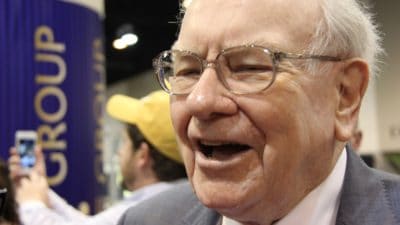BP‘s (LSE: BP) massive 7% dividend yield may be hugely tempting for yield-starved investors, but here are three risks all long-term investors need to be aware of.
Commodity price volatility
It’s clear that BP’s profits and share price are highly correlated to the price of oil — and you only need to check out a recent chart of oil prices to see how volatile prices are.
BP’s underlying profits are just over half what they were last year, with the company’s underlying replacement cost profit down to just $720m in the second quarter. That’s hardly enough to cover its dividends, let alone investment in new projects. For BP’s cash flow to break even, management said it needs crude oil prices to average between $50-$55 a barrel, something that hasn’t happened for some time.
And even though oil prices have rebounded strongly in recent weeks, fundamentals aren’t supportive of a significant recovery in prices. Hopes for further upside in prices are largely pinned on an OPEC production freeze, which just doesn’t seem likely. Instead, the large global supply overhang is likely to persist for a number of years.
Refining margins
While the collapse in oil prices has been terrible news for oil producers, refiners have benefitted as cheaper crude boosted profit margins.
As an integrated oil company, BP has seen its booming refining profits offset some of the weakness in its upstream operations. In 2015, downstream earnings soared 70% over the previous year, while upstream earnings fell 92%. But with refining margins coming under pressure from a global glut in refined fuels, caused by stiffening competition and supply growth outpacing demand, BP is losing much of this vital buffer against weak oil prices.
BP’s margins have already fallen to its lowest levels since 2010, and management has said margins will likely remain under significant pressure because of high inventory levels in the industry.
Reserve-replacement ratio
A major challenge facing BP in the longer term is its falling reserve-replacement ratio. Due to a combination of recent cutbacks on exploration funding and its deteriorating exploration performance, BP has been struggling to replace the oil and gas that it pumps out with new discoveries.
In 2015, its organic reserve-replacement ratio, which excludes the impact of acquisitions and divestments, fell to just 61%. A ratio below 100% indicates the company failed to replace all the reserves it produced last year — and a ratio consistently below 100% usually means production growth will be difficult to achieve in the long term.
BP still has big plans to boost production in the short- to medium-term though — it’s spending $8bn in expanding its LNG plant in Indonesia and $9bn for its Mad Dog Phase 2 project in the Gulf of Mexico.
Russia was the only major country where BP had a replacement ratio above 100%, and without Russia, the replacement ratio would have been even lower — at just 34%. This reflects BP’s increasing reliance on Russia, which currently accounts for nearly a third of its total oil production.
It also appears that reserves have been made all the worse by the current low oil price environment. With dividends payments consuming all of the company’s free cash flow and then some, there’s very little left over to invest in replenishing its diminishing reserves. Thus, it would seem that today’s dividends have come at the cost of future growth.







